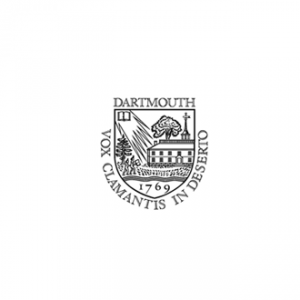 Researchers from Dartmouth were able to significantly reduce the costs associated with protodynamic therapy (PDT), a technique that can benefit late stage pancreatic cancer patients but whose resources for dosimetry represent an obstacle.
Researchers from Dartmouth were able to significantly reduce the costs associated with protodynamic therapy (PDT), a technique that can benefit late stage pancreatic cancer patients but whose resources for dosimetry represent an obstacle.
Jonathan T. Elliott and Brian C. Pogue used common clinical technologies to solve this problem, publishing their results titled “Perfusion CT Estimates Photosensitizer Uptake and Biodistribution in a Rabbit Orthotopic Pancreatic Cancer Model: A Pilot Study,” in Academic Radiology.
Dr. Elliott explained in a press release: “PDT is a technique with great promise that hasn’t gained clinical acceptance because of the difficulty in performing dosimetry, which is essentially determining the dose and effectiveness of delivered therapy. Our innovation that relies on existing clinical technologies will greatly facilitate uptake of PDT through an understanding of how drugs and contrast agents are distributed to healthy and malignant tissues.”
There are two crucial factors for dosimetry in PDT – the amount of photosensitizer drug delivered into the tumor and the amount of light deposited in the tumor. To measure the drug delivery process in pancreatic cancer through fluorescence imaging, special expertise and equipment is needed. In this study, the team developed and tested (in mice models) a way of using dynamic contrast enhanced computer tomography (CT) that can easily and strongly correlate with fluorescence.
[adrotate group=”1″]
“Our focus on patient-centered care makes it imperative to operationalize effective palliative care that can benefit patients with late-stage pancreatic cancer being treated in typical oncology settings. PDT provides tumor control with minimal side effects. Our study demonstrates how clinicians can seamlessly integrate this important therapy into their practice without significant operational cost or burden. By using standard CT as a surrogate for dosimetry, we’ve opened up the possibility of PDT for many more patients,” said Elliott.
The research team will now evaluate questions such as the utilization of CT perfusion to understand the exact amounts of PDT necessary for each patient, and if there are other clinical tools like endoscopic ultrasound that can be used in situations where there are limited settings or CT may not be available.


